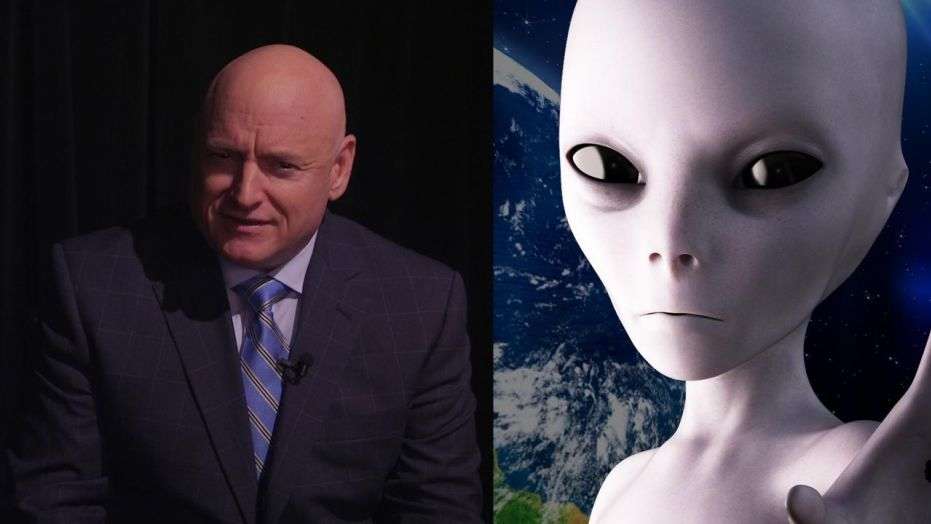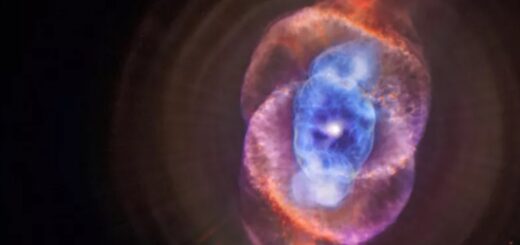Aliens might live within 33,000 light-years of Earth, but why haven’t we found them?

Astronaut Scott Kelly answers some of the questions you were too embarrassed to ask.
Where is everybody?
That question was first posed by physicist Enrico Fermi in 1950 and has now become known as the Fermi Paradox, the contradiction between the lack of any evidence that Earth has been visited by intelligent extraterrestrial civilizations and the high probability that one or multiple civilizations exist, due to a number of factors.
While some studies claim humans are alone in the universe, a new study suggests that we have barely dipped our toes in the proverbial water when it comes to looking for intelligent life in space.
5 EERIE ‘UFO SIGHTINGS’ THAT SPARKED RUMORS OF ALIEN LIFE
The new study, published in The Astronomical Journal, states that previous searches for extraterrestrial intelligence (SETI) are but a fraction of what is eventually possible.
“[Jill] Tarter et al. and others have argued strongly to the contrary: bright and obvious radio beacons might be quite common in the sky, but we would not know it yet because our search completeness to date is so low, akin to having searched a drinking glass’ worth of seawater for evidence of fish in all of Earth’s oceans,” the study’s authors write, summarizing the paper.
Jill Tarter is the former director of the Center for SETI Research and an American astronomer who describes herself as the “chief cheerleader for SETI.”
The Fermi paradox includes several factors as to why humans have not yet found any evidence of extraterrestrial life: There are billions of stars in the galaxy similar to our Sun; many of these stars have Earth-like planets; and some of these civilizations may have developed interstellar travel, something that is being discussed now by experts, including theoretical physicist Dr. Michio Kaku.
The researchers have developed a mathematical model of what they are calling a “Cosmic Haystack,” a haystack that is nearly 33,000 light-years in diameter, with Earth at the center.
“Although this model haystack has many qualitative differences from the Tarter et al. haystack, we conclude that the fraction of it searched to date is also very small: similar to the ratio of the volume of a large hot tub or small swimming pool to that of the Earth’s oceans,” the summary adds.
As part of the mathematical model, the researchers added eight dimensions to look for aliens, including inputs such as signal transmission frequency, bandwidth, power, location, repetition, polarization and modulation. The formula reads as “6.4 × 10^116 m5Hz2 s/W,” according to MIT Technology Review.
ALIENS ARE REAL, BUT HUMANS WILL PROBABLY KILL THEM ALL, NEW PAPER SAYS
So far, humans have searched just 0.00000000000000058 percent of the “cosmic haystack,” a minuscule amount, leaving almost infinite potential that intelligent life still exists, even if it has yet to be found.
“This is about a bathtub of water in all of Earth’s oceans,” the study’s co-author, Shubham Kanodia said in a NASA workshop last month, according to Insider. “Or about a five-centimeter-by-five-centimeter patch of land on all of Earth’s surface area.”
Follow Chris Ciaccia on Twitter @Chris_Ciaccia



 Creators of mankind
Creators of mankind Description of “Tall white aliens”
Description of “Tall white aliens” Where they came from?
Where they came from? About hostile civilizations
About hostile civilizations The war for the Earth
The war for the Earth “Tall white aliens” about eternal life
“Tall white aliens” about eternal life Video: “Nordic aliens”
Video: “Nordic aliens” Aliens
Aliens Alien encounters
Alien encounters The aliens base
The aliens base UFO
UFO Technology UFO
Technology UFO Underground civilization
Underground civilization Ancient alien artifacts
Ancient alien artifacts Military and UFO
Military and UFO Mysteries and hypotheses
Mysteries and hypotheses Scientific facts
Scientific facts


















